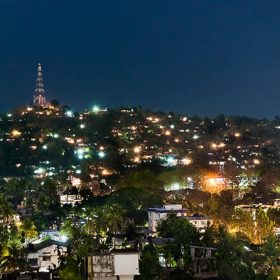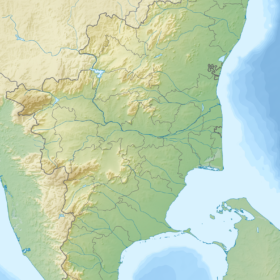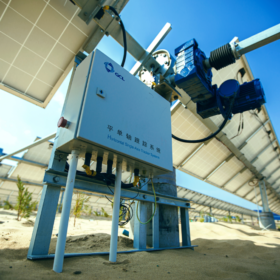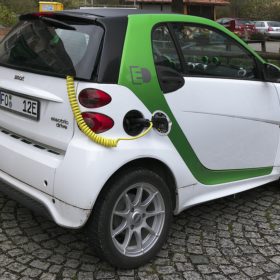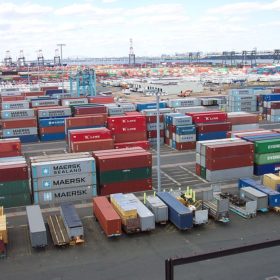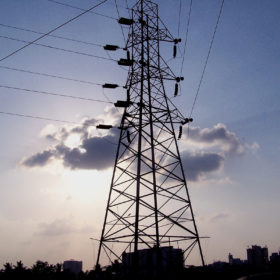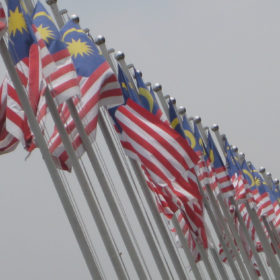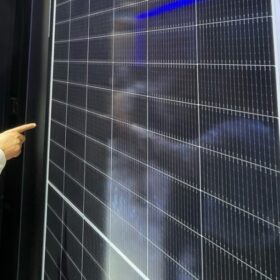Assam takes a giant leap forward with 70 MW solar park
A state hamstrung by low irradiance, tough terrain and regular flooding is trying to move forward its energy transition. Previously, the largest solar project in Assam had a generation capacity of only 5 MW.
NLC completes 591 MW solar power projects in Tamil Nadu
State-owned NLC India Ltd – formerly the Neyveli Lignite Corporation – has commissioned 150 MW of solar power projects at Ramanathapuram and Virudhanagar Districts of Tamil Nadu, taking its total installed solar power capacity in the state to 591 MW.
SECI goes into overdrive with 6 GW tender plans announced in five days
The organization responsible for coordinating India’s push for 100 GW of new solar capacity by 2022 has had a busy week. But, as last year illustrated, tenders alone are not always a guarantee of new generation assets.
Solar buying from India, China rises as US imposes steel tariffs
US companies have boosted sourcing of completed racks from abroad in order to avoid the tariff on raw material [steel] imports, says Bloomberg.
UK-India fund commits $200m to renewables developer Ayana
Fund backed by both governments commits $200 million to the developer, which was itself established by the U.K. government a year ago. Ayana – which boasts a 500 MW solar portfolio – recently enjoyed a $330 million cash boost from public-private joint venture EverSource Capital.
Cabinet approves FAME II scheme for electric vehicles
The Faster Adoption and Manufacturing of (Hybrid) and Electric Vehicles (FAME) scheme with an outlay of Rs 10,000 crore over a period of three years will be implemented from April 1, 2019. It envisages setting up of about 2700 charging stations across the country so that at least one charging station is available in a grid of 3×3 km2.
Big dip in import and export of solar modules and cells
A flying start to the year saw huge volumes of solar cells and modules imported to India but the scale and value of such products fell over the remainder of 2018 and export figures mirrored that trend.
SECI tenders 97.5MW rooftop solar projects for government buildings
The Solar Energy Corporation of India (SECI) has invited bids for implementation of 97.5MWp grid-connected rooftop solar PV systems on government buildings in different States/Union Territories of India. The projects, under both CAPEX and RESCO models, will be awarded through international competitive bidding. The deadline for bid submission is March 27.
Solar made up 50% of India’s new power capacity in 2018
The level of new solar capacity – 8,263 MW – however, was 15.5% down from the 9,782 MW added in 2017 owing to safeguarding duty and GST taking a toll on large-scale PV. While utility-scale solar declined 23% year-on-year, rooftop PV remained a bright spot, and registered impressive growth of 66%.
Anti-dumping duty slapped on Malaysian solar glass
The Indian government has imposed anti-dumping duty of $114.58/metric ton on tempered solar glass imports originating in or exported from Malaysia. The five-year duty will be applied to products from producers except Xinyi Solar Sdn. Bhd.
